AMINO ACIDS AND PROTEINS
Hey guys now i was watching this video on amino acids and proteins and the first thing that i remembered was that amino acids are the subunits of proteins. Remember when we did glucose and we talked about Monosaccharides and stuff well yea its similar to that. Now the professor said that a protein looks like a slinky. 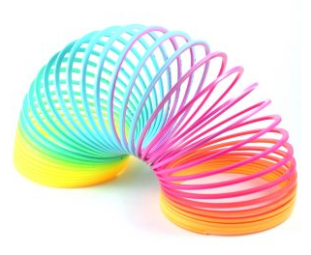

Which i thought was funny but then i remembered the toy and was like “O yea it really does look like that!!!!!!”.
The structure of an Amino Acid
The Amino Acid contains 4 groupings of elements attached to its central carbon atom or alpha carbon (Ca) which can form 4 covalent bonds to itself, they are:
- An Amino group- (NH3+)
- A Carboxylic acid group- (COO-)
- A Hydrogen atom- H
- A alkyl or aryl group (R) which can be as simple as just an H atom or something as complex as (CH2CH(CH3)2.
There are 20 different types of Amino Acids based on what is the (R) group so here you can see how many different combinations of amino acid there are to synthesize different proteins.
When these amino acids bond via peptide bonds or otherwise they can form either; Primary Structures, Secondary Structures, Tertiary Structures or Quaternary Structures.
Based on the diagram you can see that a water molecule is removed. In the video the professor called that Dehydration Synthesis which he said enables the two amino acids to snap together. Now i think this term sounds more complex than the term I’m accustom to which is Condensation. When i hear dehydration i think of drying out or the lost of water and the synthesis part which means coming together for me. So in a nut shell Dehydration Synthesis means the coming together of 2 amino acids by the removal of a water molecule. So for the reverse, to break up the polypeptide chain into amino acid units you add water via Hydrolysis.
NB: ALL PROTEINS CONTAIN PEPTIDE BONDS.
These other structures contain different types of bonds and only when they contain these specific bonds that they go to the next level of structure.
- Primary Structures: they will have peptide bonds.
- Secondary structures: contains peptide bonds,hydrogen bonds, which occurs between the R groups of the amino acids as a result the structure folds.
- Tertiary Structures: peptide bonds, hydrogen bonds, the main bondage Hydrophobic interactions which is responsible for the structures 3-D shape, electrostatic forces and sometimes covalent disulphide bonds.
- Quaternary Structures: peptide bonds, hydrogen bonds, Hydrophobic Interactions, electrostatic forces and sometimes covalent disulphide bonds. Now the Quaternary Structure is made up of more than one polypeptide chain where it is referred to as a spatial arrangement.
PROTEINS
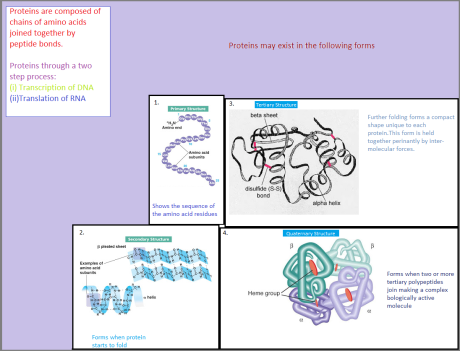
DIFFERENCE BETWEEN FIBROUS AND GLOBULAR PROTEINS
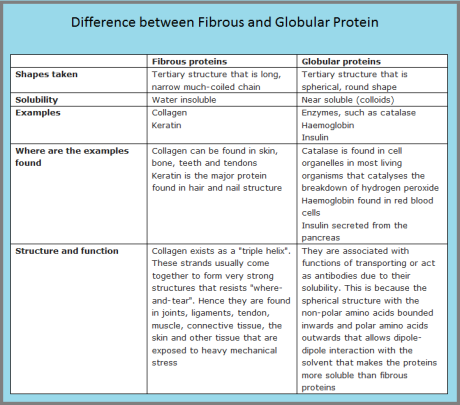
AMINO ACIDS
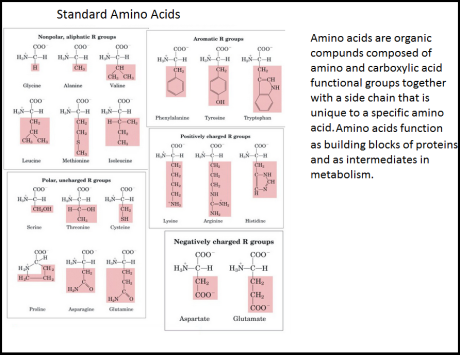
Amino acids are an organic group consisting of an amine group and a carboxylic group. Amino acids are subunits of protein. Only 20 amino acids are used to make proteins in the body. They are classed as being essential and non-essential amino acids. Essential amino acids cannot be synthesized by the body therefore it must be supplied in the diet. Examples of some essential amino acids are histidine, leucine, lysine, and methionine. Non-essential amino acids are those that can be synthesized by the body and are produced in the body in certain functions. Example of some non-essential amino acids are alanine, asparagine, aspartic acid, glycine, serine and cysteine.
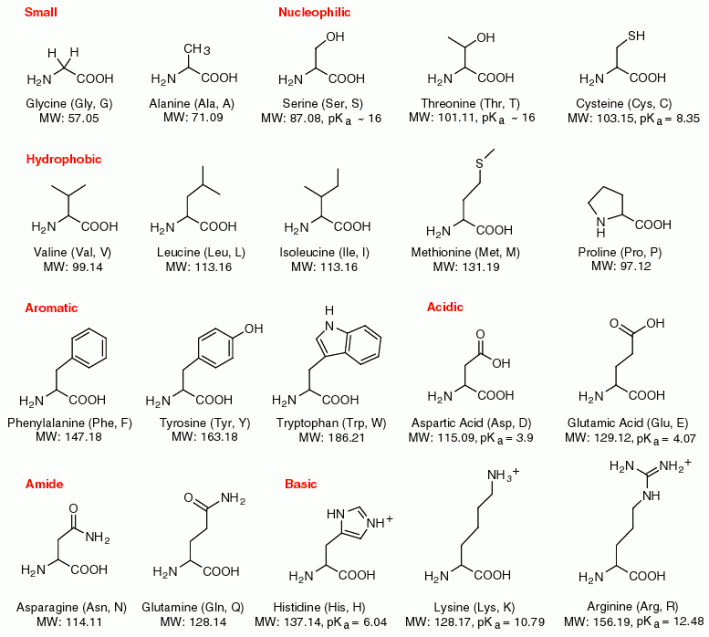
Lysine is an essential amino acid in humans. Lysine is a nutritional requirement in our bodies. Some good sources we can get Lysine from are meat, egg, soy ,cheese and certain fish like sardines.
Also, L-Lysine is a building block for all the proteins in the body. It plays a major role in calcium absorption, building muscle protein and the body’s production of enzymes, hormones and antibodies.

Credits to Biochem
students Carlos, Shenelle, Liniker, Latisha, et. al
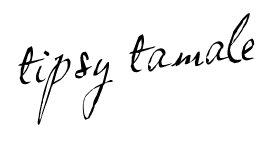


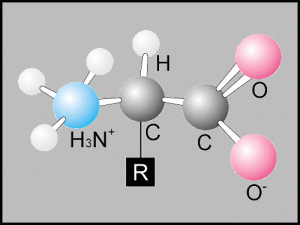
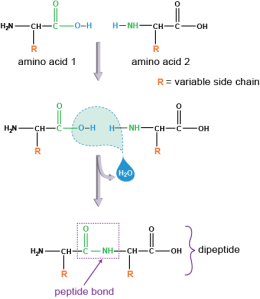
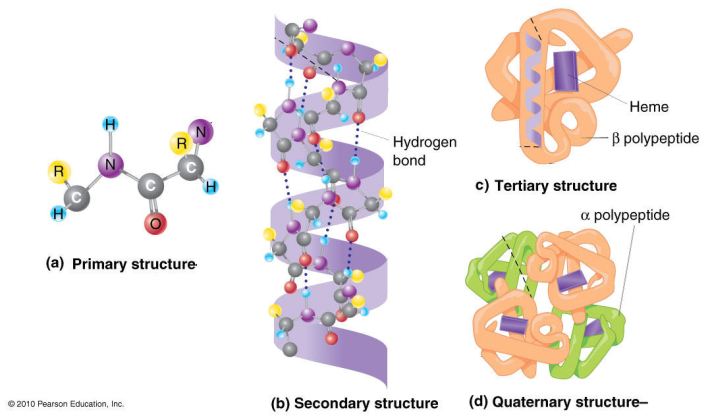
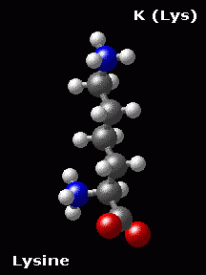
0 comments:
Post a Comment